Applied Solid Dynamics
Applied Solid Dynamics covers the dynamics of solids and, in particular, some of its applications to modern systems. The book aims to help students bridge the gap between theoretical knowledge and practical application. Chapter 1 formulates the concept of dynamically equivalent systems, the use of which enables even the most complex of systems to be represented by a much simpler model, provided certain important criteria are met. Chapter 2 demonstrates the usefulness of this concept by introducing an innovative vector system for the analysis of epicyclic gear transmission. Chapter 3 investigates the dynamics of a solid body in general plane motion, and Chapter 4 demonstrates the effect of intermittent energy transfer in a reciprocating system by using turning moment diagrams and the flywheel design. The applications of friction; the problems associated with rotational out-of-balance; and the dynamics of general space motion are tackled in the next four chapters. Chapters 9-12 discuss the analysis and prediction of the vibrating response of mass and elastic systems, whether such systems are single- or multi-degree of freedom in nature or are modeled in terms of lumped to distributed parameters. The book concludes by apprising active and passive vibratory control. Mechanical engineers will find this book invaluable.
{{comment.content}}
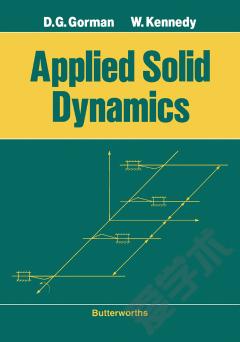
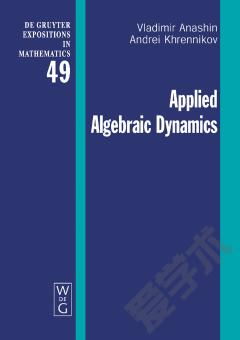

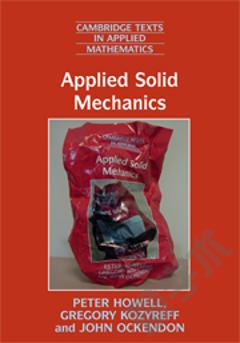
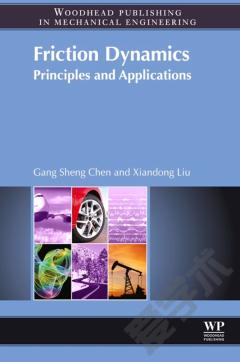

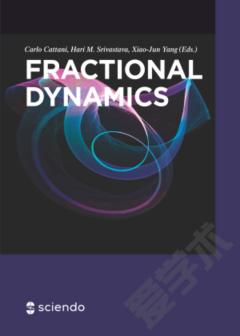

 京公网安备 11010802027623号
京公网安备 11010802027623号